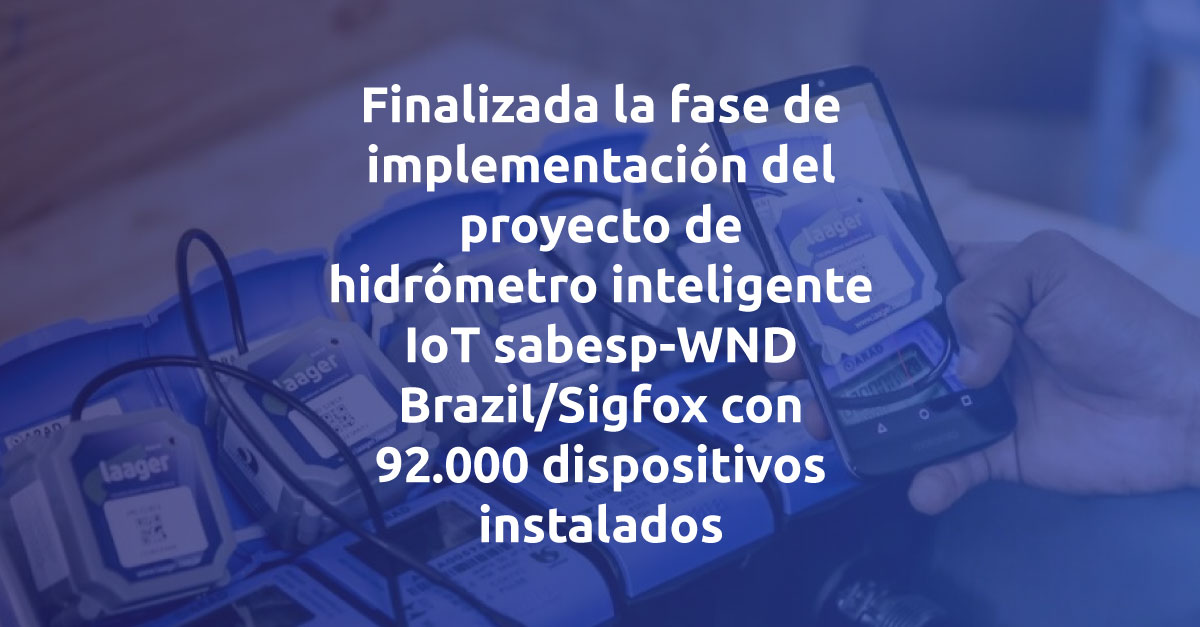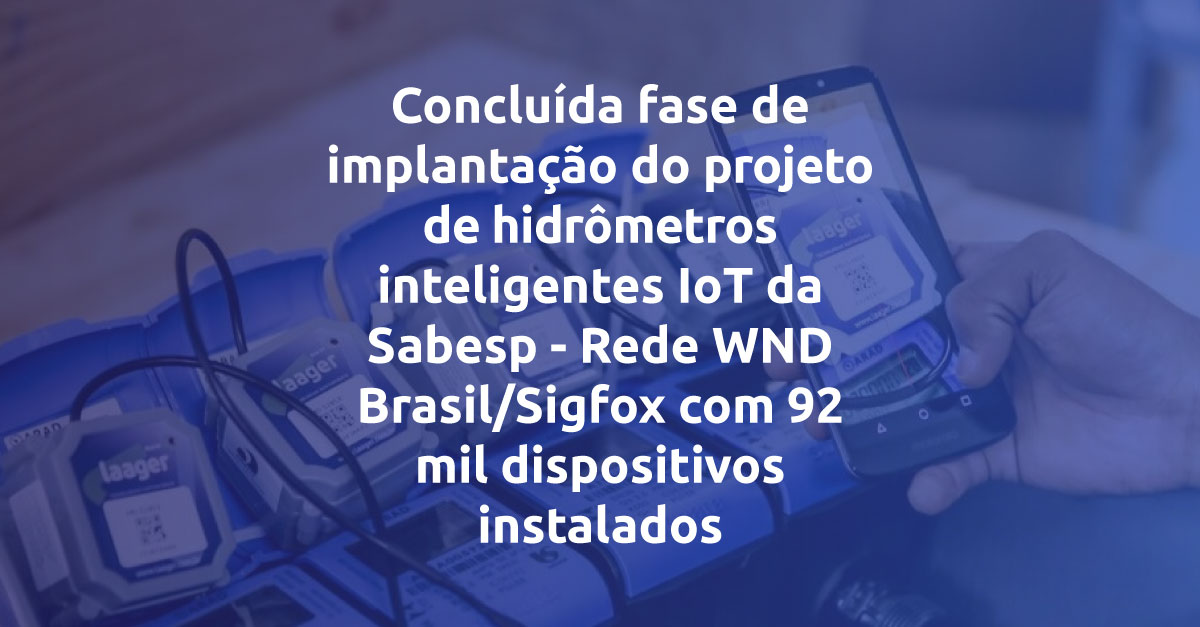Source: Supply Chain Digital
“The global supply chain and logistics market is set to exceed $15trn by 2024, yet despite the industry growing rapidly, there has been little innovation breaking ground in this space and businesses continue to face significant challenges and inefficiencies.
One of the key challenges facing organisations is a lack of end-to-end visibility on the entire supply chain, largely due to substantial silos between people, processes and technology. When we consider the fact that one single shipment includes over 200 interactions and more than 25 different people, there’s a clear need for the industry to embrace a data-driven approach to supply chain to really capitalise on the market’s full potential.
In fact, today the term ‘supply chain’ is losing suitability. It is no longer a linear process, but rather a demand-driven network. Fuelling this network with data and insights from connected objects is instrumental in driving competition and quality assurance. The Internet of Things (IoT) has the unique ability to capture vast amounts of extremely valuable data, helping businesses better understand the behaviour of people, environments and assets to give a real-time holistic view of the entire supply network.
Shipments begin their journey out of the warehouse but even before they are on the move, they’re at risk of being stolen. Today, crafty thieves use GSM jammers to overwhelm anti-theft devices and alarm systems leading to substantial monetary losses in stolen goods. However, by implementing a solution that relies on radio signals that can’t be jammed, warehouse theft risk is reduced giving organisations peace of mind that their alarm systems won’t fail. Moreover, in the event cars, motorcycles, lorries or utility vehicles are stolen they continue to seamlessly transmit GPS coordinates when equipped with this type of technology, enabling quicker and easier vehicle recovery for the authorities and insurers.
Once a shipment leaves the warehouse and begins its journey, the integrity of goods is paramount. From perishables such as food, through to life saving pharmaceuticals, ensuring the optimal environmental conditions of goods is key, particularly with so much at stake including considerable monetary loss, food waste, as well as risk to public health and regulatory compliance. By installing a simple IoT enabled device in to storage-units organisations can receive real-time notifications of a shipments condition, including temperature changes, palette movement and more to trigger swift remedial action.
Often in the supply chain, organisations operate on a basis whereby they know when the shipment left the last check point, for example the sea port, but do not have visibility of its exact location until the next checkpoint, which is often the next port. By implementing connected devices across the supply chain, businesses are empowered with a wealth of data at their fingertips to get a full overview of routes travelled, warehouse delays and network gaps in order to reduce delays and provide accurate arrival times to customers. This connected network also creates an audit trail to enable businesses to address inefficiencies and ultimately optimise their supply chain altogether.
We’re seeing our customers really reap the benefits of transforming their operations in this way with IoT and Sigfox connectivity. For example, real-time alerts about delays and transport conditions has allowed Michelin to reduce transit stock by 10%, increase Estimated Time of Arrival (ETA) by 40% and reduce Out Of Stock (OOS) situations due to exceptional circumstances (such as bad weather) by a quarter. Cost reductions and an increase in customer satisfaction are but a few of the end benefits Michelin has been able to achieve.
But often, organisations don’t pay enough attention to how they transport goods in their operations. Ensuring the best performance of the fleet of vehicles is essential not only limiting downtime and repairs, but also for ensuing the safety of every driver in the workforce. IoT captures a myriad of different types of data proving insights from driver behaviour to vehicle behaviour to help businesses better understand when vehicles need servicing and how to reduce breakdowns.
Let’s take another concrete example of what IoT can bring to the fleet industry for trucks: one third of every breakdown of a vehicles is tied to tyres, and of those third of breakdowns that are on tyres 90% of that is due to bad pressure control. Michelin is harnessing the power of IoT to get real-time information as a vehicle is driving down the road and helps its clients better understand and control their tyre pressures to reduce breakdowns, keep their shipments running smoothly and on time, while prioritising the safety of their drivers.
IoT has the potential to revolutionise the world of mobility, with more data and more insightful decision making the entire supply network can completely transform. In order to compete on a global scale, organisations in the industry must be equipped with a holistic and real time view of their operations – without this they’ll fail to maximise the potential of the soon to be $15 trn industry.”



